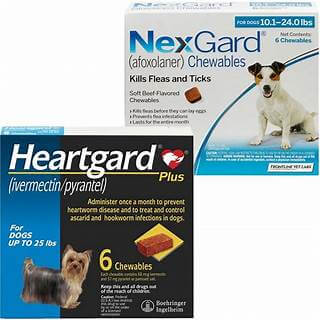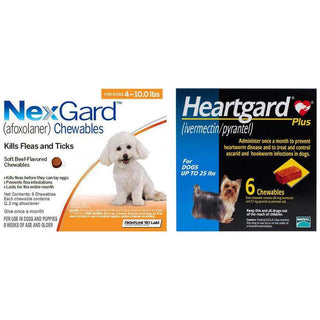
Diabetes is becoming increasingly common, not only in humans but also in cats. Most feline diabetes cases resemble Type 2 diabetes in humans, indicating that diet and weight management play crucial roles in its onset and management. Continue reading to find out how to select the ideal food for a cat with diabetes.
Understanding Feline Diabetes
Understanding the relationship between diet, blood sugar levels, and insulin is essential for managing diabetes effectively.
Insulin, a hormone produced by specific cells in the pancreas, is a crucial factor in managing diabetes. It is released into the bloodstream when blood sugar levels rise, such as after eating. Insulin helps sugar enter cells, which can be used for energy or stored later. In cats with Type 2 diabetes, their cells become resistant to insulin, resulting in consistently high blood sugar levels. The pancreas tries to compensate by producing more insulin, which can lead to exhaustion over time. Eventually, the cat will require insulin injections to survive.
How Obesity Contributes To Diabetes
Obesity is a key factor in the development of diabetes in cats. Fat cells release hormones that reduce the body's sensitivity to insulin. The more fat a cat has, the more these hormones are produced.
Preventing feline diabetes is often possible by avoiding overfeeding and keeping cats at a healthy weight. Early treatment and weight loss can even lead to diabetes remission in cats. This means diabetic cats requiring insulin injections might eventually stop needing them if they lose enough weight.
Choosing The Optimal Diet For Diabetic Cats
There isn't a one-size-fits-all diet for diabetic cats, but specific guidelines are generally recommended:
Low Carbohydrates/High Protein
- Carbohydrates: High-carb meals cause spikes in blood sugar, increasing insulin needs. Diabetic cats need low-carb diets to manage their blood sugar levels. Choose foods with less than 10% carbohydrates; some cats may need less than 5%. Although carbohydrate content isn't always listed, it can be calculated.
- Protein and Fat: Cats should get most calories from animal-based proteins. Fat is necessary but should be moderate, especially for cats needing to lose weight. Ideal foods have around 50% of calories from protein and 40% from fat.
Canned Food is Best
- Carbohydrates in Dry Food: Kibble contains higher carbs, which aren't suitable for diabetic cats. Many canned foods, however, have little to no carbs.
Over-the-Counter vs. Prescription
- Canned Food Options: Many over-the-counter canned foods meet the low-carb/high-protein requirements for diabetic cats, making prescription diets often unnecessary.
- Dry Food Options: If your cat prefers kibble, some dry foods with lower carbs designed for diabetic cats are available through veterinarians.
Watch Portion Sizes
- Food Quantity: The amount of food is as crucial as its type. Obese cats should be fed to promote a healthy weight loss, typically around 1% of body weight per week, until reaching an ideal body condition. Use diabetes-friendly food in reduced quantities, as typical weight-loss diets may be too high in carbs.
Palatability Matters
- Taste and Schedule: Diabetic cats should eat regularly, so their food should be appealing. Many canned foods are tasty and suitable for diabetic cats, making finding one your cat enjoys easier.
Feeding Guidelines For Diabetic Cats
Consistency is essential when feeding diabetic cats, particularly those on insulin. Cats should have the same amount of food at the same time each day. Typically, diabetic cats receive two insulin injections daily, 12 hours apart. Ideally, food should be given before the next insulin dose. The insulin dose can be adjusted accordingly if a cat doesn't eat a full meal. Your veterinarian will provide a detailed plan for insulin dosage adjustments. If unsure, do not administer insulin and consult your veterinarian for guidance.
Treats should make up no more than 10% of a diabetic cat's diet and should be given simultaneously daily. Suitable treats include freeze-dried chicken, beef, salmon, tuna, and liver, which are high in protein and low in carbohydrates, matching the dietary needs of diabetic cats. Discontinue treats if they affect your cat's appetite at mealtimes.
Lastly, never alter your diabetic cat's insulin dose or diet without consulting your veterinarian. Managing diabetes involves balancing diet and insulin levels; changing one usually requires adjusting the other to prevent dangerous blood sugar fluctuations.






